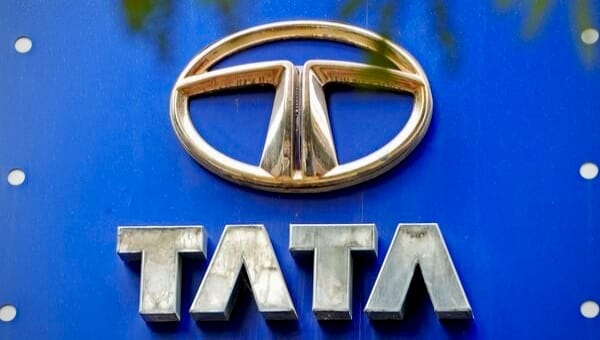
SUMMARY
* Donald Trump’s plan to abolish Daylight Saving Time (DST) nationwide threatens unprecedented operational overhauls across U.S. aviation, rail, and trucking, disrupting vital logistics.
* This synchronized time shift across four U.S. time zones could cost billions; Argus Financial Group projects over $10 billion in national economic disruption within the first year.
* Airline CEOs, like American Airlines’ Robert Isom, warn of rescheduling over 45,000 daily flights, while rail operators handling 1.4 million freight cars weekly face complex timing recalculations.
* Beyond transport restructuring, costing hundreds of millions, extensive software updates are needed; CyberSec Analytics’ Dr. Alex Sharma warns of new cybersecurity vulnerabilities.
* The debate highlights balancing national uniformity, economic efficiency, and regional preferences as DOT and FAA orchestrate an unprecedented transition redefining U.S. systems for decades.
Donald Trump’s plan to end Daylight Saving Time nationwide risks widespread transportation chaos, disrupting U.S. logistics and schedules next year. A federal mandate abolishing the seasonal clock change would force unprecedented operational overhaul for aviation, rail, and trucking. This synchronized shift across four U.S. time zones could disrupt supply chains, potentially costing billions.
Air travel faces immediate, extensive rescheduling demands. American Airlines CEO Robert Isom warned adjusting over 45,000 daily U.S. flights would trigger cascading delays across the network. Rail operators, transporting 1.4 million freight cars weekly, confront complex timing recalculations. This threatens on-time deliveries for critical goods, impacting manufacturing and retail sectors nationwide.
The U.S. trucking industry, generating over $900 billion annually, would contend with revised delivery windows, adapting driver hours-of-service and complex cross-time zone coordination protocols. An Argus Financial Group poll found 38% of chief economists project national economic disruption topping $10 billion within the first year. Dr. Emily Chen, Chief Economist, warned ending DST nationally without a phased approach “risks billions in broader economic disruptions from supply chain delays.”
Large-scale national time adjustments prove historically complex. The 1974 year-round Daylight Saving Time trial, enacted during an oil crisis, faced widespread public pushback and was reversed after ten months. Trump’s proposal faces Congressional division; while framed as promoting consistency, some legislators advocate for perceived health benefits, citing studies linking permanent standard time to improved sleep and reduced heart attack rates.
The change demands extensive software updates across sophisticated transportation management systems, including air traffic control and railroad signaling networks. Cybersecurity experts warn of vulnerabilities. “Any large-scale, synchronized system change introduces vectors for error and potential cyber incidents,” said Dr. Alex Sharma, CEO of CyberSec Analytics.
The change extends beyond commercial transport to everyday life, affecting communities, schools, and businesses. Altered daylight patterns could impact student commutes in darkness and retail hours, potentially creating regional disparities. Federal agencies like DOT and FAA would orchestrate this transition. Their role involves issuing new regulations, updating operational guidelines, and ensuring seamless integration across national transportation networks.
Trump’s legislative push re-evaluates U.S. time zone management. The debate highlights the delicate balance between national uniformity, economic efficiency, and regional preferences. This decision will redefine intricate systems for decades, challenging a nation accustomed to local autonomy.








